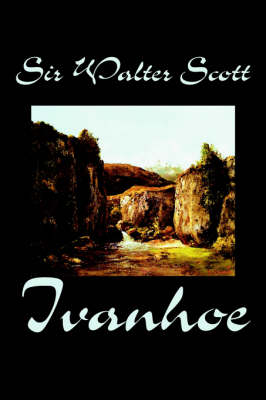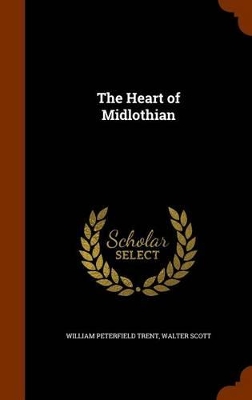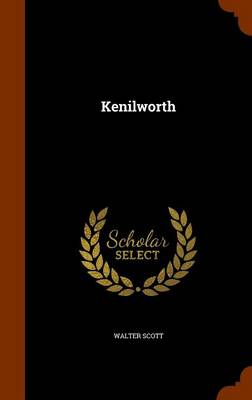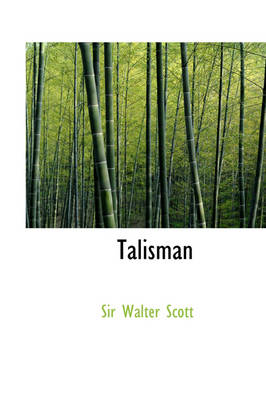Classics
4 total works
Relates the adventures of the Saxon knight Ivanhoe in 1194, the year of Richard the Lion-Hearted's return from the Third Crusade.
This novel, which has always been regarded as one of Scott's finest, opens with the Edinburgh riots of 1736. The people of the city have been infuriated by the actions of John Porteous, Captain of the Guard, and when they hear that his death has been reprieved by the distant monarch they ignore the Queen and resolve to take their own revenge. At the centre of the story is Edinburgh's forbidding Tolbooth prison, known by all as the Heart of Midlothian.
In his ever-popular romance of Tudor England, Scott brilliantly recreates all the passion, brutality, verve and vitality of the Elizabethan world. Only two of his novels end tragically - Kenilworth ends with the death of Amy Robsart, who unwisely loved Queen Elizabeth's favourite, the Earl of Leicester.
The second of Tales of the Crusaders, The Talisman is set in Palestine during the Third Crusade (1189 - 92). Scott constructs a story of chivalric action, apparently adopting a medieval romance view of the similarities in the values of both sides. But disguise is the leading theme of the tale: it is not just that characters frequently wear clothing that conceals their identity, but that professions and cultures hide their true nature. In this novel the Christian leaders are divided by a factious criminality, and are contrasted to the magnanimity and decisiveness of Saladin, the leader of the Moslem armies. In a period when the west was fascinated with the exotic east, Scott represents the Moslem other as more humane than the Christian west. The Talisman is one of Scott's great novels. It is a superb tale. It is also a bold departure as, for the first time, Scott explores not cultural conflict within a country or society but in the opposition of two world religions.



